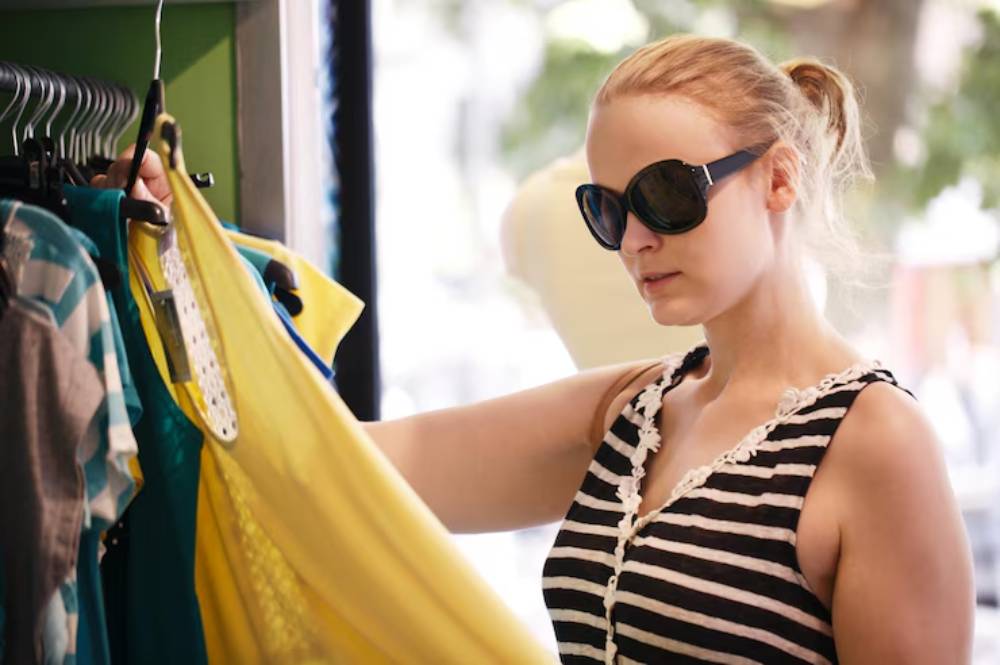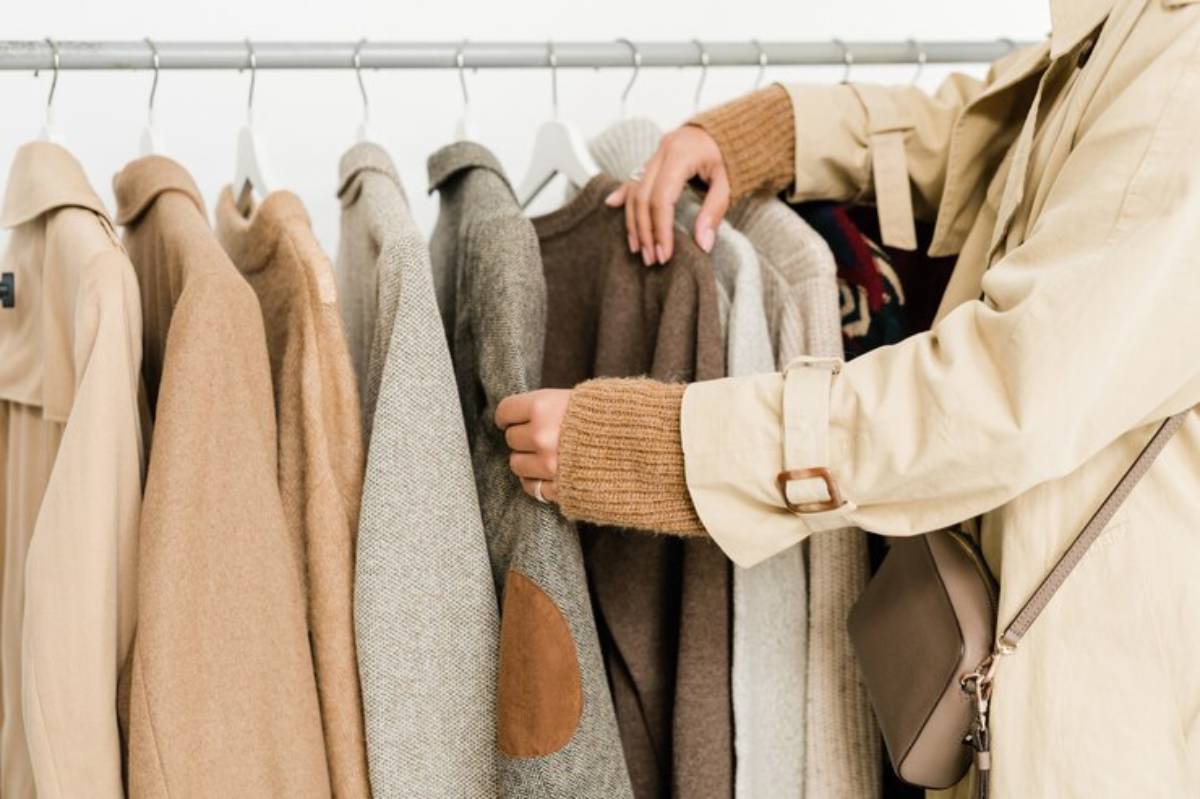
How to Shop Off-Season for Big Fashion Savings: Expert Tips to Build a Stylish Wardrobe on a Budget
Style Smart, Spend Less
We’ve all been there—tempted by new arrivals and full-priced trends that blow our budgets. But what if you could build a stylish, versatile wardrobe without overspending? Off-season shopping is one of fashion’s best-kept secrets. It’s not just about chasing sales—it’s about shopping with foresight, intention, and a strategic mindset.
In this guide, you’ll learn how to save money on fashion by buying pieces when demand is low and discounts are high. Whether you’re after winter coats in summer or swimsuits in winter, we’ll help you shop smarter, not harder.
Understanding the Core: What Is Off-Season Shopping (and Why It Works)?
Off-season shopping means purchasing items at the end of their peak season, when retailers mark them down to make room for new stock.
For example:
- Buying boots in March
- Snagging swimwear in October
- Picking up coats in July
Why It Works:
- Retailers clear inventory for new arrivals, offering steep discounts.
- Fewer shoppers = more choice, less competition.
- You save 30–70% off retail prices for items that return in fashion cycles.
Fashion experts agree: the key to a timeless wardrobe isn’t always what’s “new”—it’s about planning ahead with strategic buys that last beyond one season.
Quick-Reference Checklist: Off-Season Shopping Strategy
- Know each season’s clearance window.
- Buy basics and timeless pieces first.
- Avoid impulse buys—stick to a list.
- Use wishlists and price trackers.
- Store items properly until needed.
- Try secondhand and outlet stores for year-round deals.
- Match purchases with your long-term style goals.
Step-by-Step Guide: How to Practise Off-Season Shopping Effectively

1. Learn the Fashion Calendar
Understand when clearance begins:
- Winter clothing: February–March
- Spring/Summer wear: August–September
- Autumn styles: November
- Holiday items: January
Important: Retailers follow predictable markdown cycles. Mark these in your calendar to stay ahead.
2. Make a Wardrobe Plan and Wishlist

Know what you need before you shop:
- Audit your closet for gaps.
- Create seasonal shopping lists.
- Prioritise basics, outerwear, and layering pieces that transcend trends.
Example: If your winter coat’s looking tired, shop clearance in March instead of paying full price in October.
3. Focus on Timeless Styles
Trendy items lose value quickly.
Prioritise:
- Classic blazers
- Solid-colour knits
- Leather boots
- Tailored trousers
- High-quality coats
Pro tip: Think “style shelf life.” Can this item work next year, or five years from now?
4. Monitor Prices with Alerts
Use tools like:
- Honey and CamelCamelCamel (for Amazon fashion)
- ShopStyle or Lyst wishlists
- Retailer newsletters for exclusive markdowns
You’ll get notified when your target items drop in price, without constantly checking.
5. Buy Quality Over Quantity
It’s tempting to stock up on deals, but budget fashion experts warn: don’t trade quality for quantity.
- Choose one well-made item over three flimsy ones.
- Read reviews, check fabric content, and assess care instructions.
6. Store Off-Season Items Correctly

Make sure they stay fresh for next year:
- Use breathable storage bags.
- Keep shoes in dust bags or boxes.
- Add cedar blocks or lavender sachets to deter pests.
What to Do and What to Avoid
Do:
- Check outlets and clearance sections in-store and online.
- Shop transitional pieces like trench coats and lightweight knits year-round.
- Combine the off-season with cashback apps or loyalty rewards.
Avoid:
- Buying just because it’s cheap—stick to your list.
- Overlooking size/fit because of discounts.
- Stocking up on seasonal trends that may not return.
Secret Tip: “Buy for your lifestyle, not for fantasy. A discounted sequin dress doesn’t help if you work from home.”
Best Practices & Additional Insights
Anchor Your Strategy with Capsule Wardrobe Planning
Use off-season shopping to slowly build a seasonal capsule wardrobe that aligns with your style and budget goals.
Check out our guide on how to build a seasonal capsule wardrobe on a budget to create a smart foundation for your purchases.
Stack Savings Where Possible
Combine these techniques:
- Off-season clearance
- Discount codes
- Cashback portals
- Loyalty points
- Shopping apps (like Klarna or ShopTagr)
Track What You Buy
Keep a simple spreadsheet or use a wardrobe app to:
- Avoid duplicates
- Monitor cost-per-wear
- Stay conscious of budget vs. value
FAQs: Off-Season Shopping Tips
Does off-season shopping mean outdated styles?
Not at all. Focus on timeless pieces and basics that are always relevant. Trends repeat, and many staples reappear each season.
How far in advance should I shop?
Ideally, 3–6 months ahead. Buy winter in early spring, summer in autumn, and so on.
Can I return off-season items if they don’t fit?
Yes—but check the return policy. Some clearance items may be in the final sale, so it’s best to try them in-store or choose retailers with easy returns.
Is this strategy worth the effort?
Absolutely. You can save hundreds annually, especially if you shop consciously and plan well.
What if I forget what I bought off-season?
Use a wardrobe app or create a seasonal inventory list so you can track your purchases and plan future outfits more effectively.
Is it worth buying off-season kids’ clothes?
Yes—just size up to allow for growth, and focus on basics or outerwear that will still be practical next year.
Can I shop off-season for special events?
Absolutely. Look for formalwear and occasion dresses during post-holiday or clearance sales for major savings.
What should I avoid buying off-season?
Avoid overly trendy or sizing-specific pieces (like ultra-tight jeans or fast-fade colours) that may not suit your needs later.
How can I stay organised while shopping off-season?
Keep a wishlist and budget spreadsheet, and set calendar reminders for seasonal clearance periods.
Are designer pieces ever marked down off-season?
Yes—luxury retailers often offer seasonal markdowns, especially during end-of-season sales in January and July.
How do I store fashion purchases for next season?
Clean and pack them in breathable bags or boxes, label by category, and store in a cool, dry place away from direct sunlight.
Do outlet stores follow off-season pricing, too?
Often, they do. The outlets regularly clear older inventory with further discounts during end-of-season sales.
Can I use this strategy for accessories too?
Definitely! Off-season is a great time to grab scarves, boots, sunglasses, and bags at reduced prices.
What’s the biggest mistake shoppers make during off-season sales?
Buying items they don’t need just because they’re cheap—always stick to your wardrobe plan.
Conclusion: The Smart Shopper’s Secret Weapon
Mastering the art of off-season shopping lets you enjoy high-quality fashion without the premium price tag. It’s not about hoarding discounts—it’s about making your money go further while building a wardrobe that reflects your style.
Ready to shop smarter? Start with a capsule wardrobe wishlist and revisit our guide to flattering colour palettes to match your new buys to your best tones!


